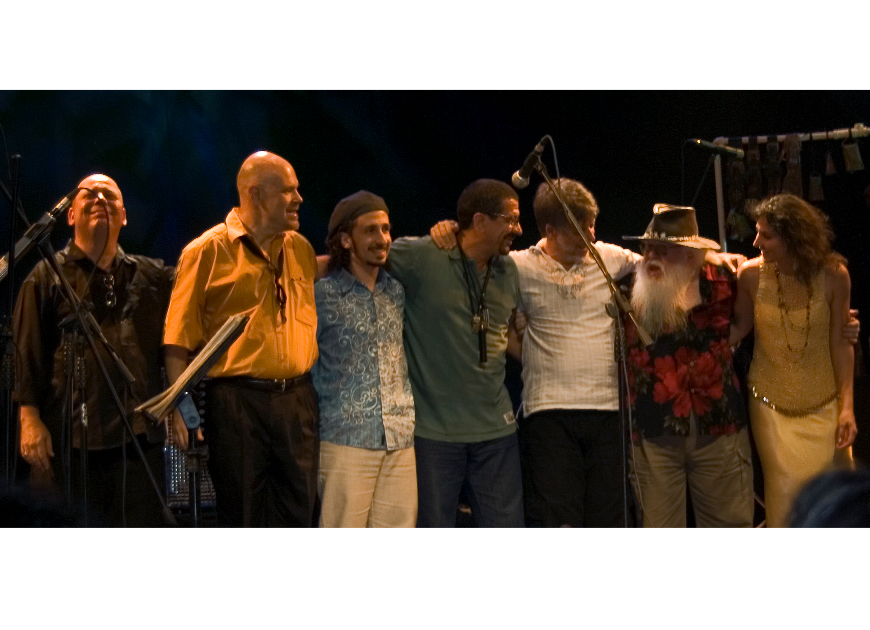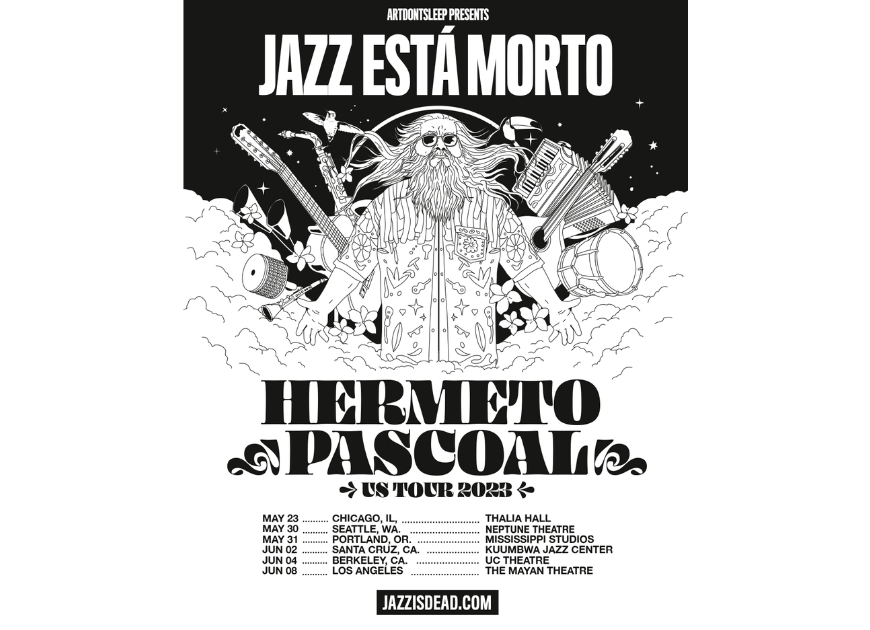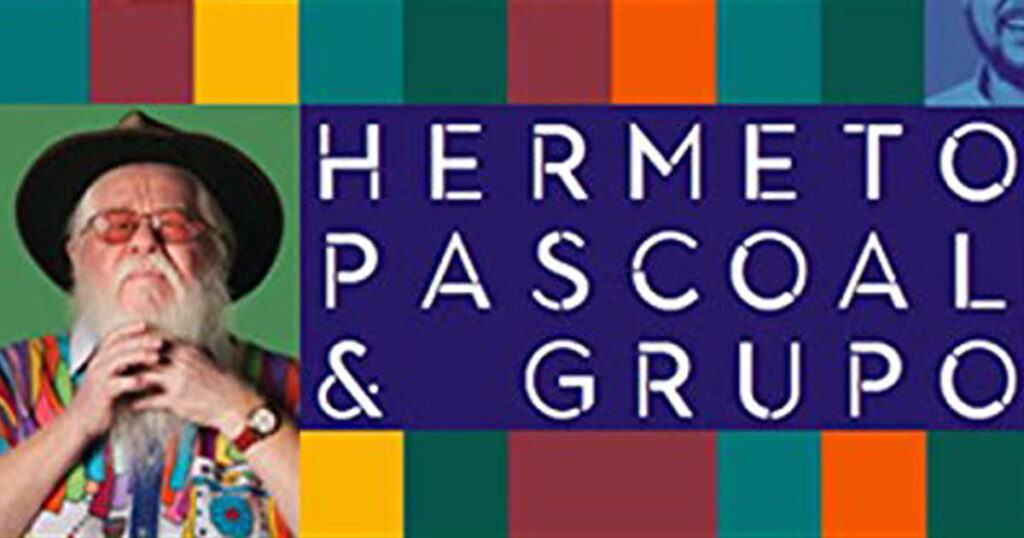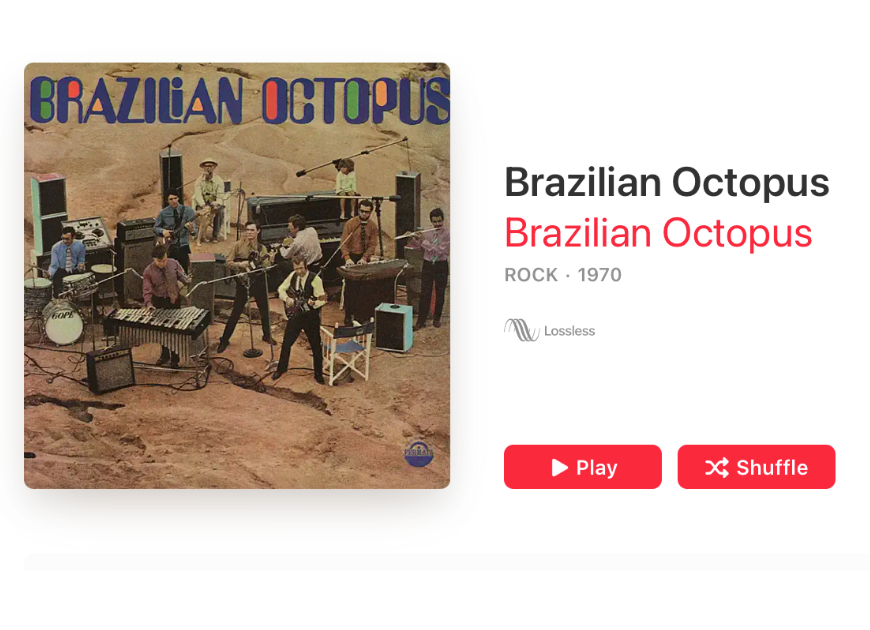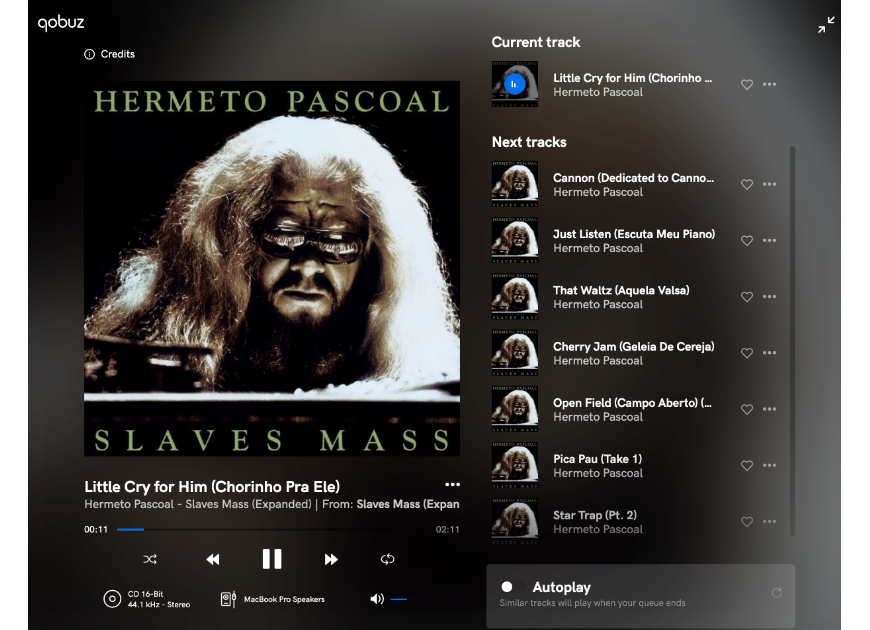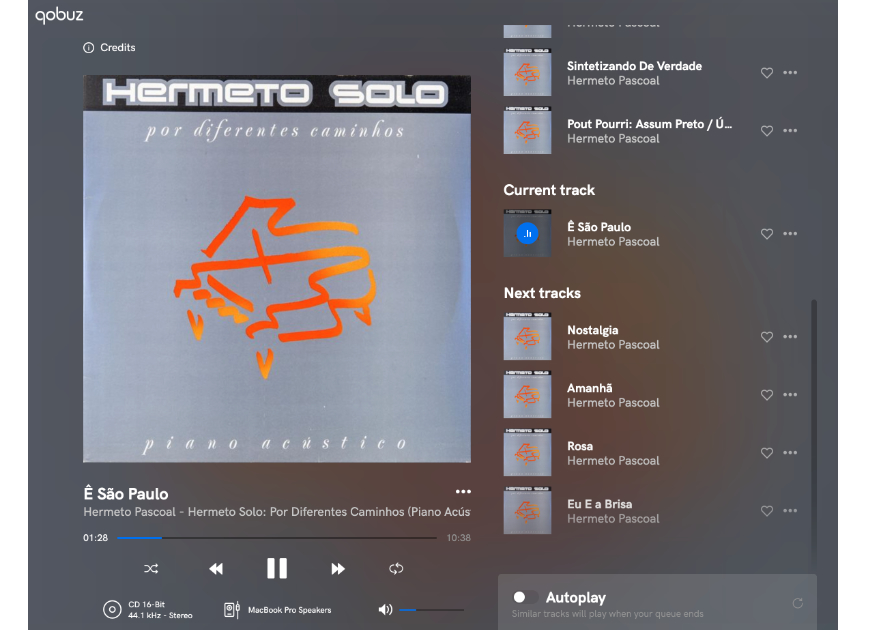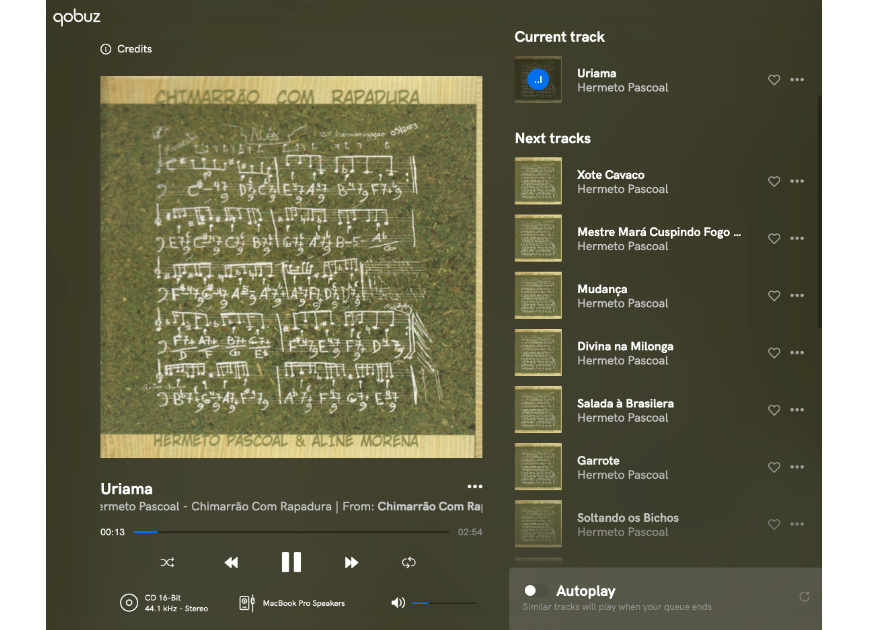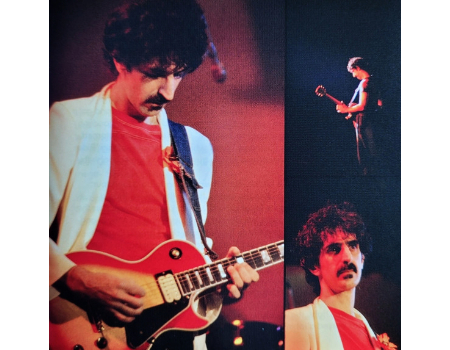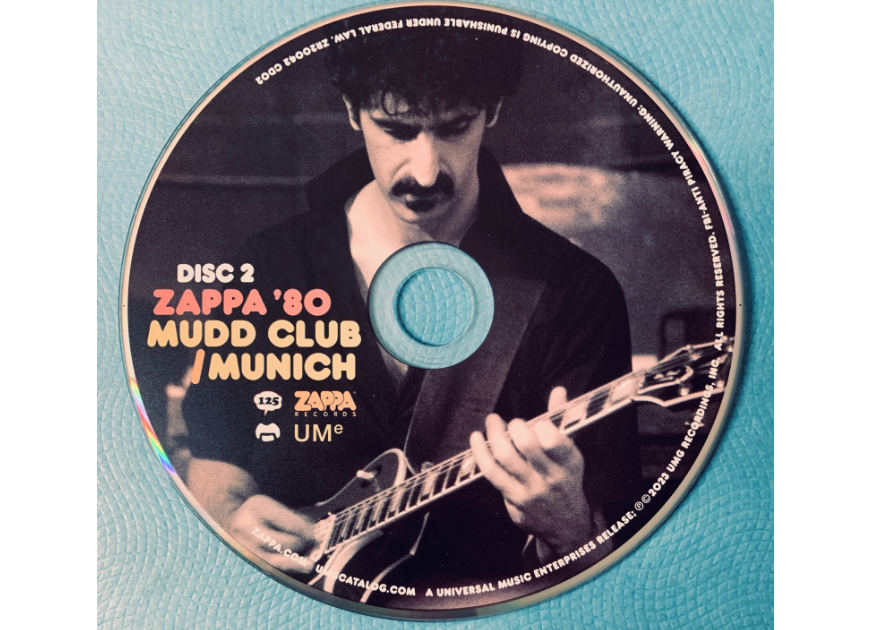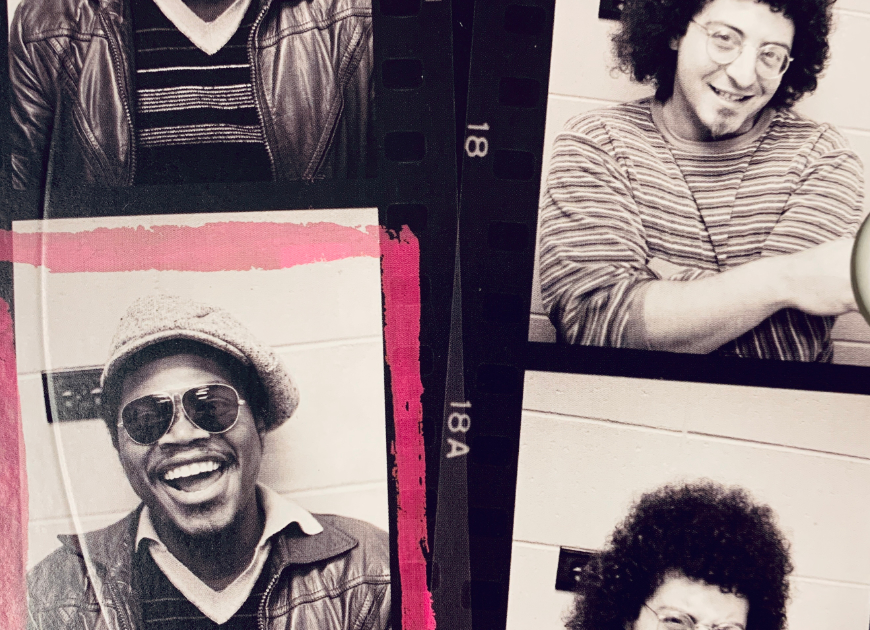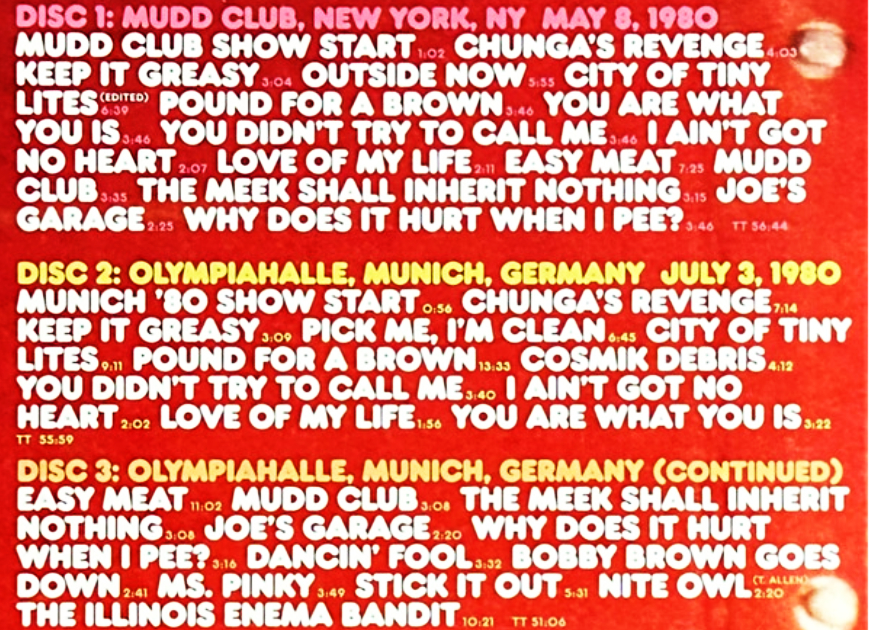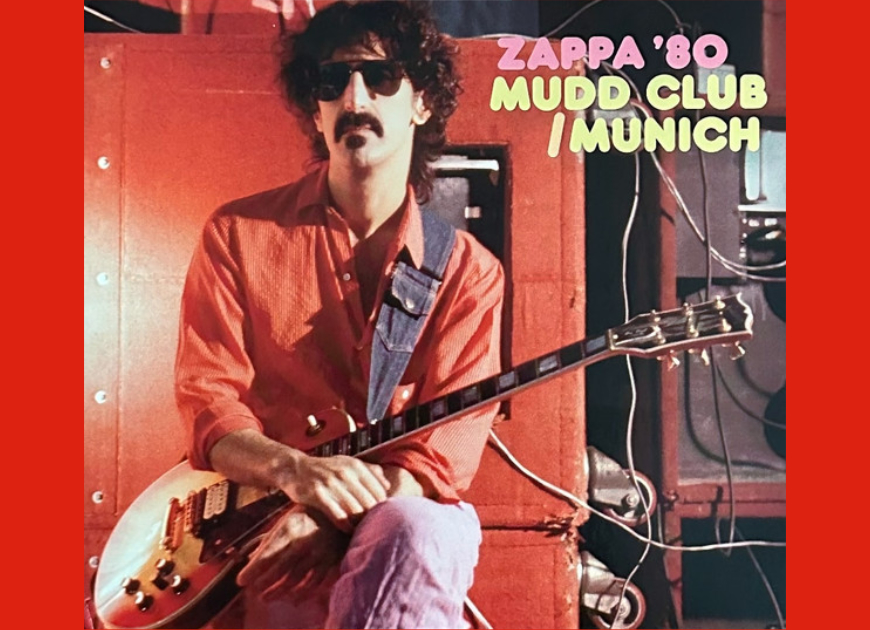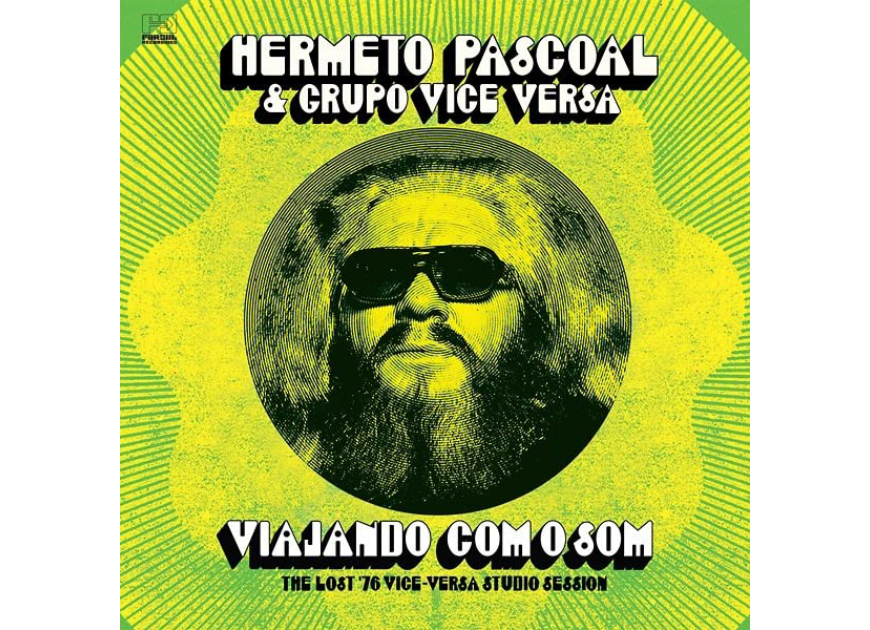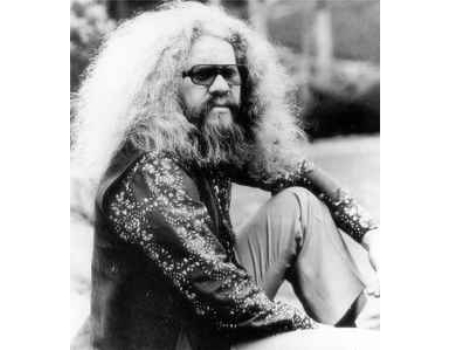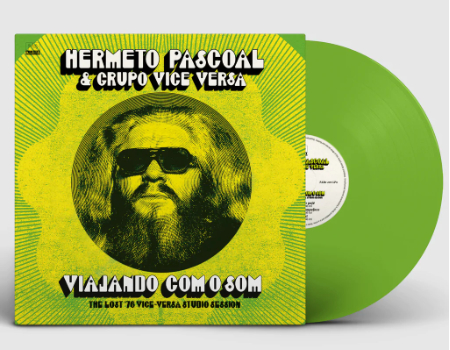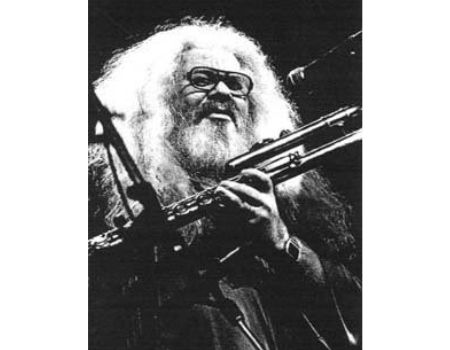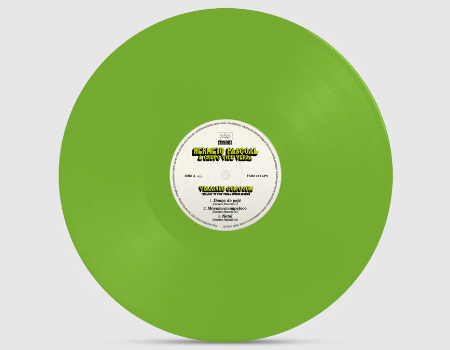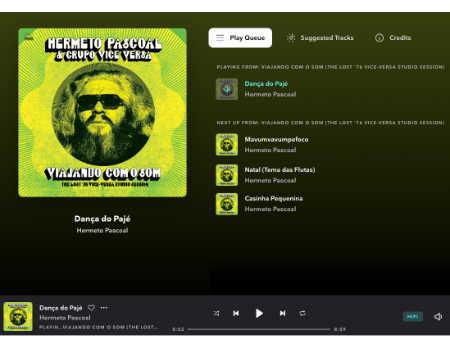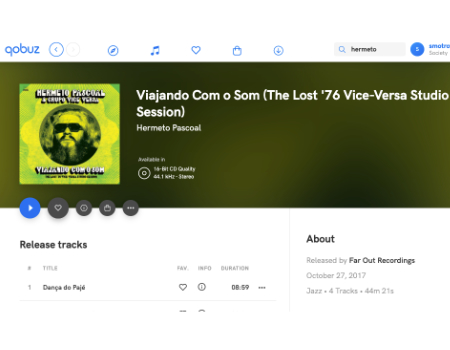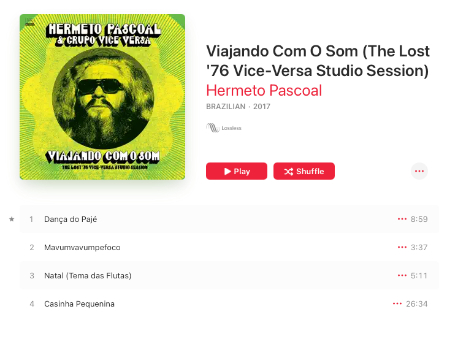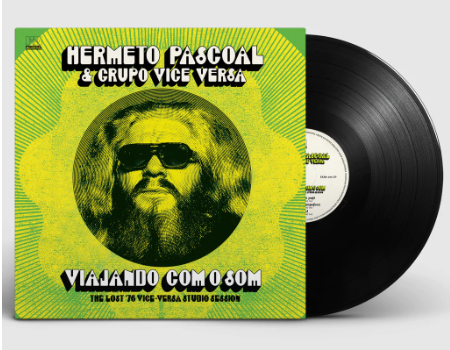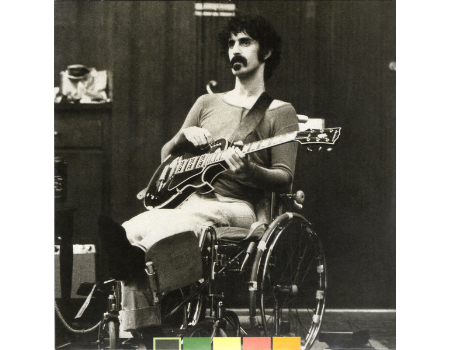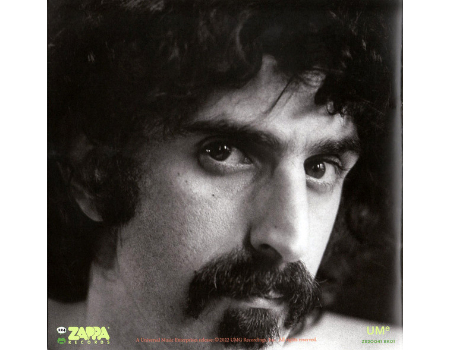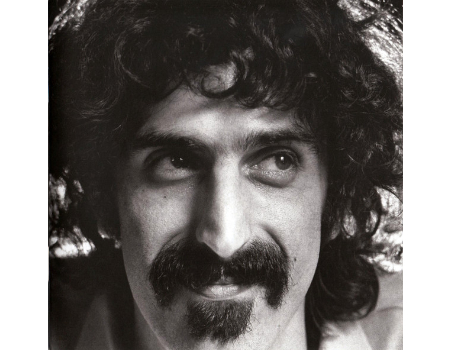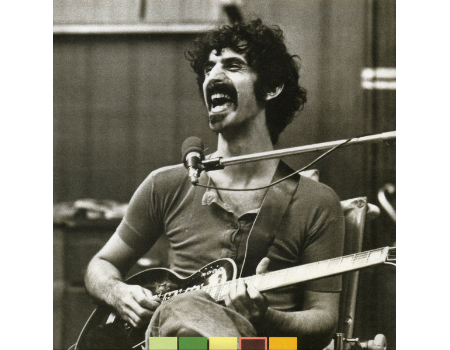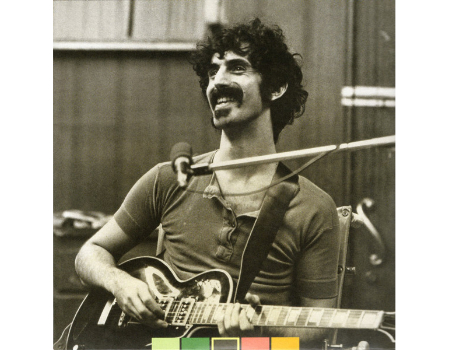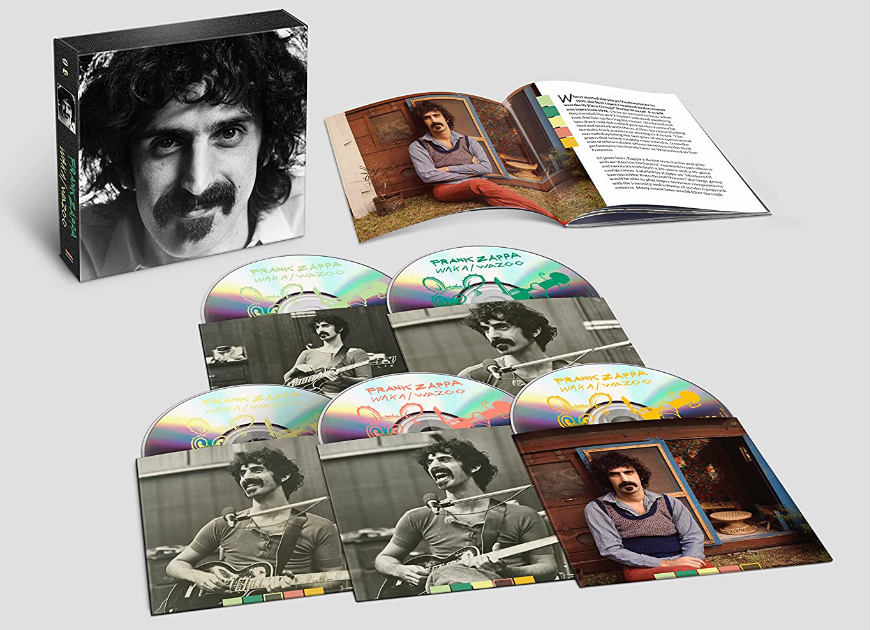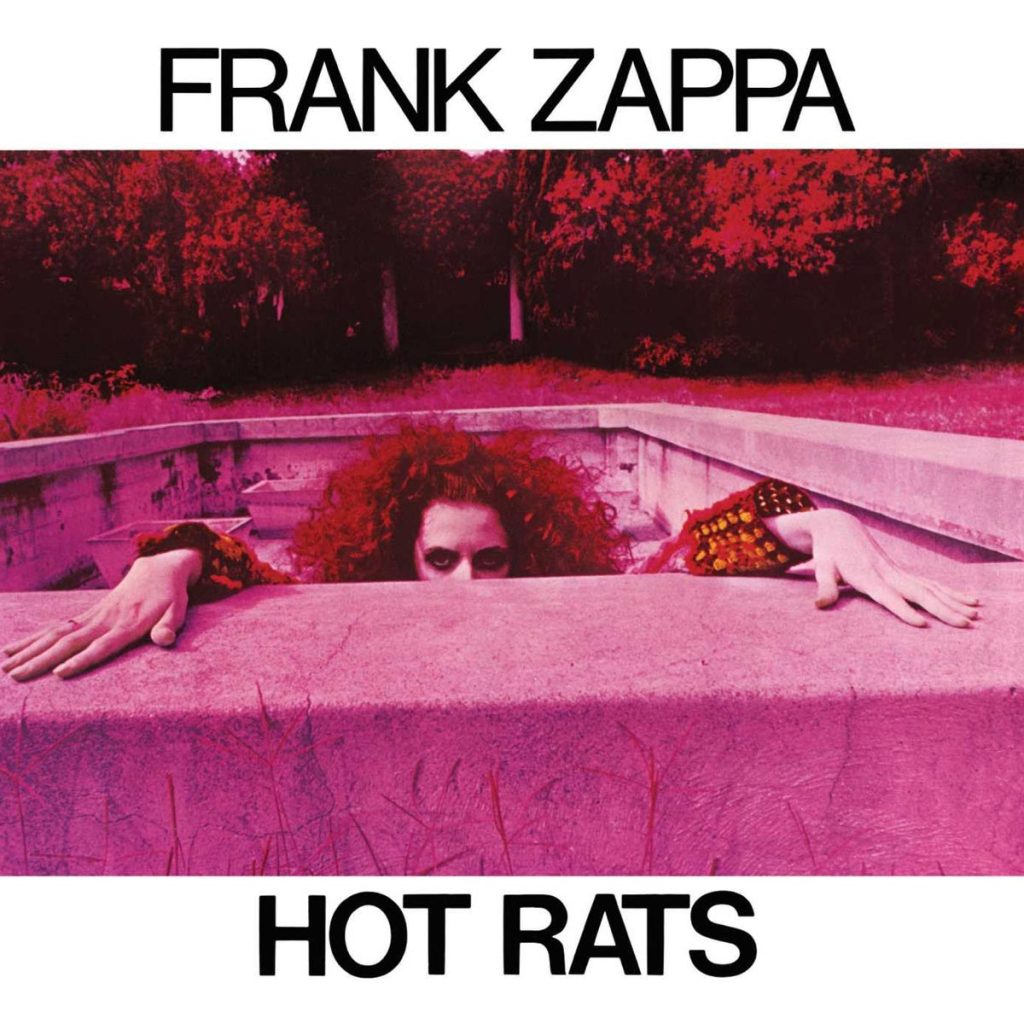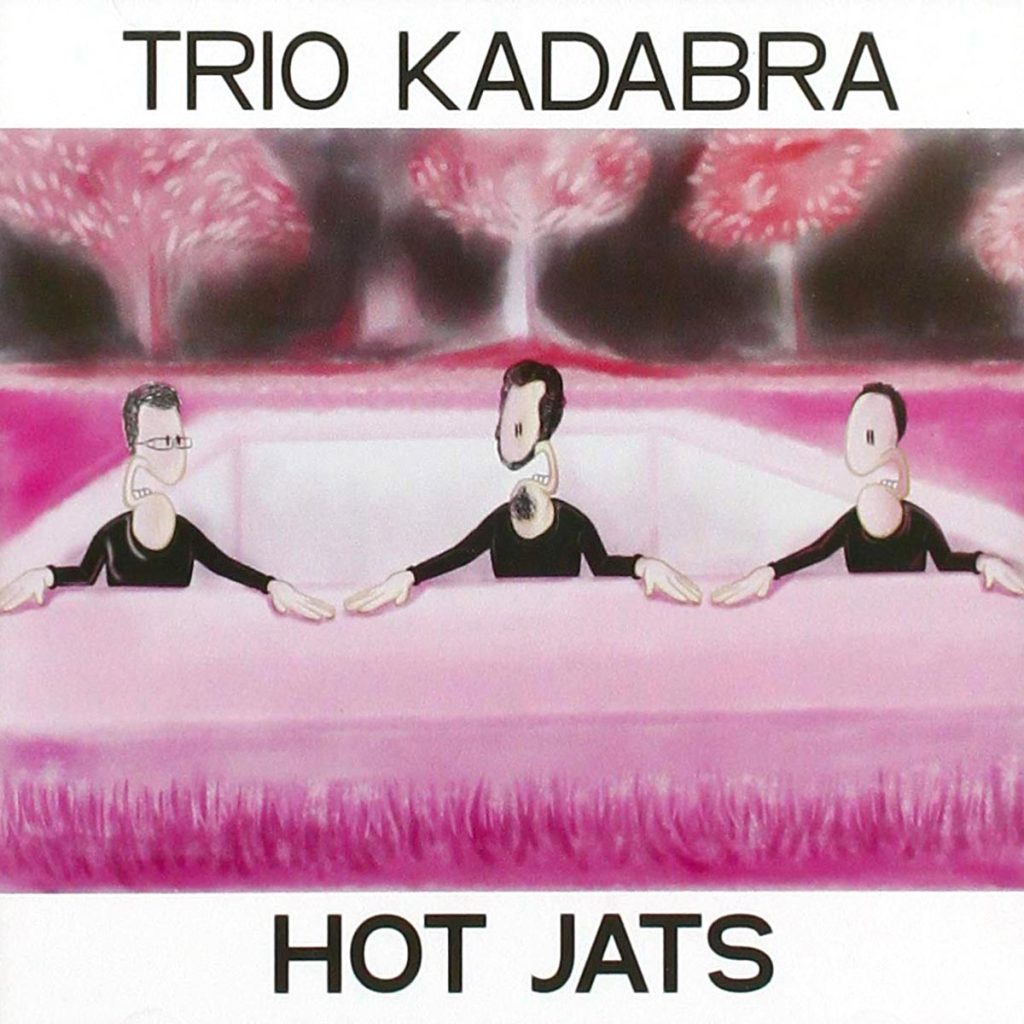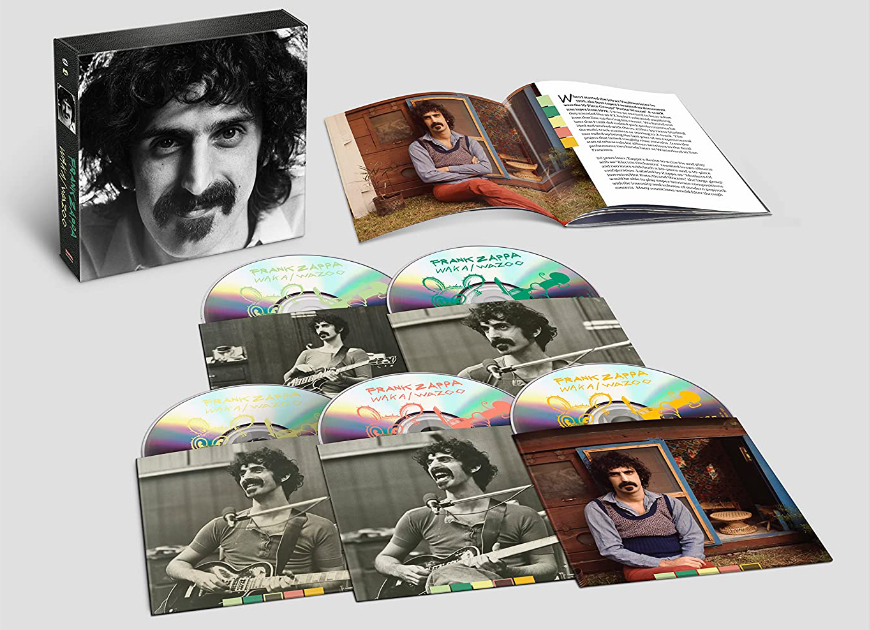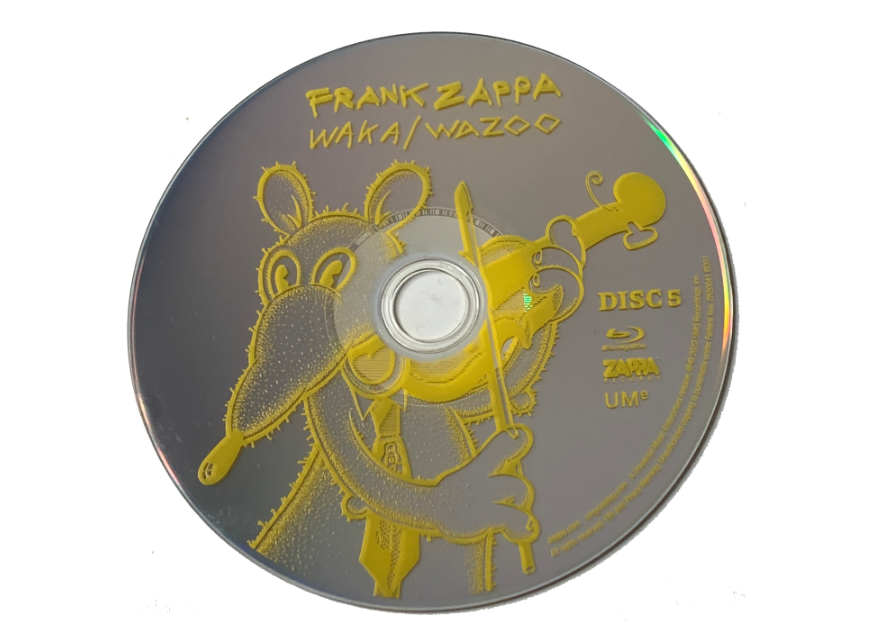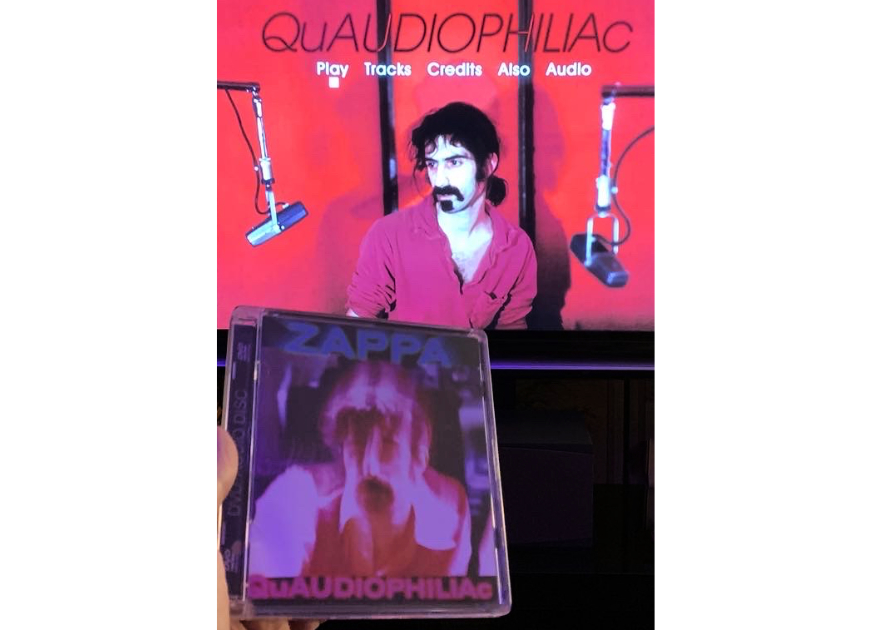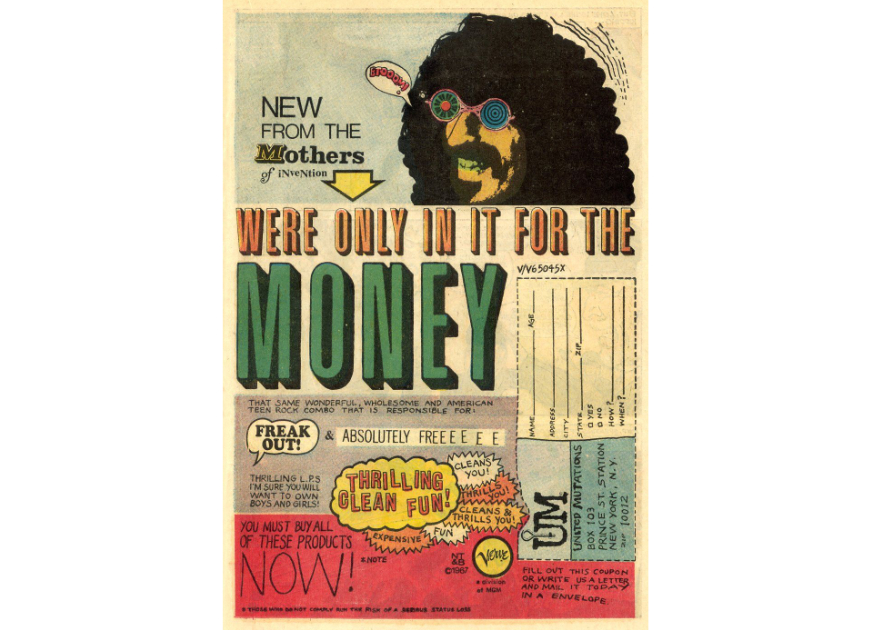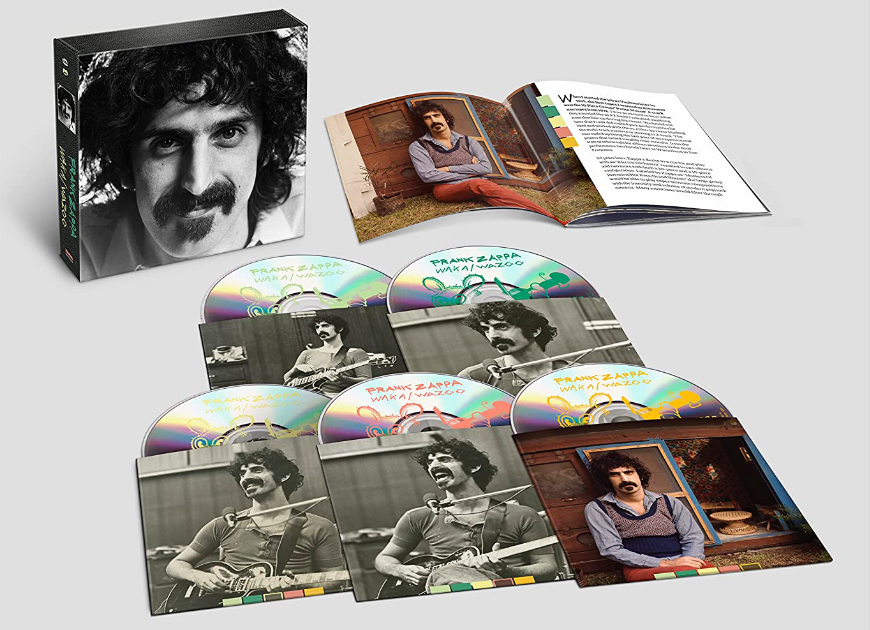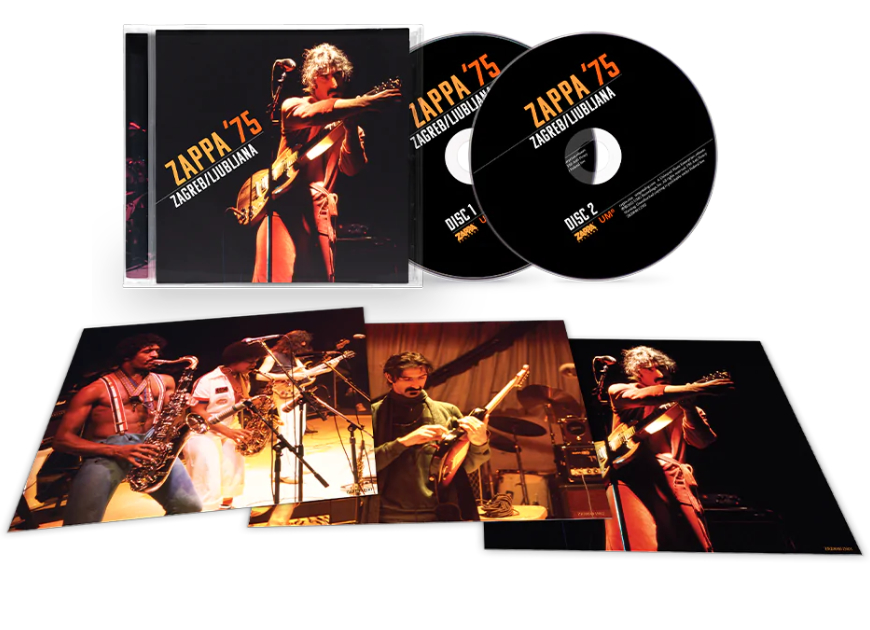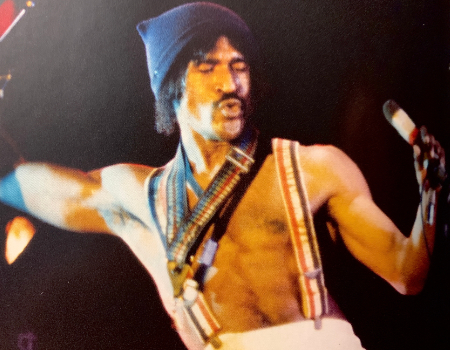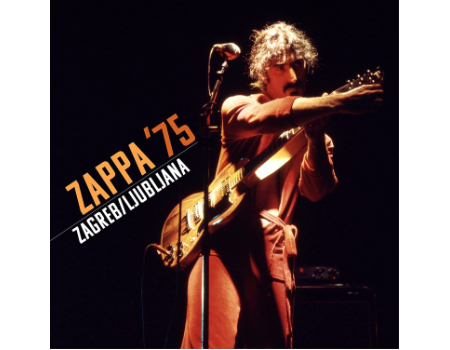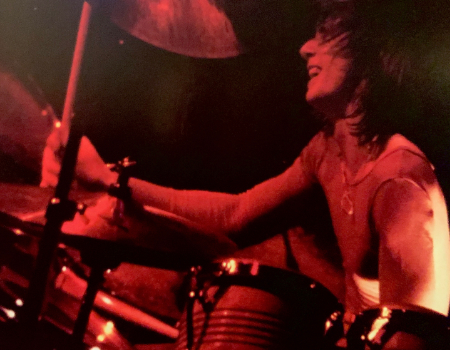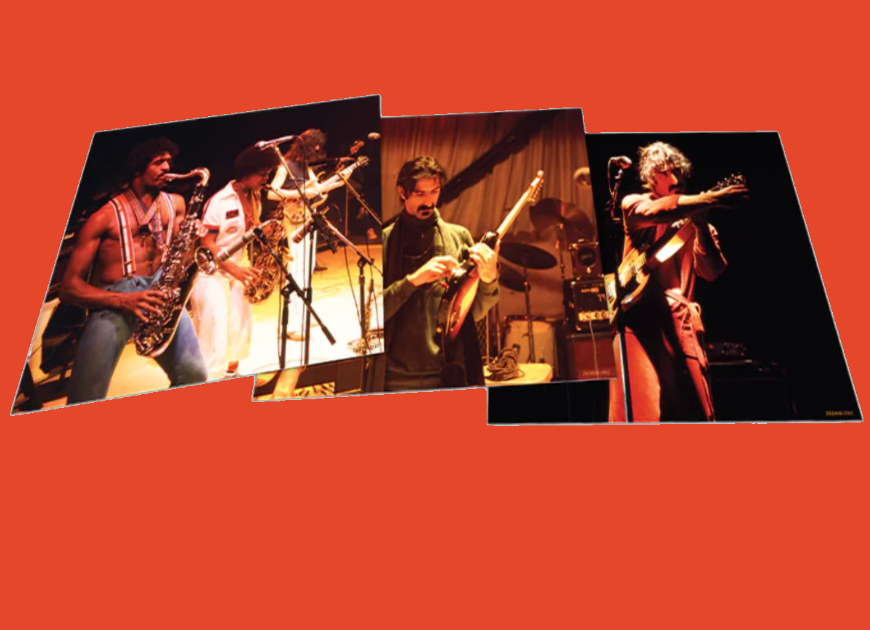Over the previous a number of years I’ve been making a really deep dive into the music of a grasp musician from Brazil who’s revered amongst “in-the-know” circles right here in America, however extensively recognized the world over: Hermeto Pascoal. Miles Davis is reputed to have dubbed him “essentially the most spectacular musician on the planet” — [I’ve also read the attribution as being “one of the most important musicians on the planet”] — after his experiences working with Pascoal on the 1971 album Live-Evil which not solely featured him on a number of cuts but in addition three of his compositions. I’ve described Hermeto’s music as at occasions type of like what may need occurred if Frank Zappa and Chick Corea went to Rio on a magical trip which delivered to the world a love baby who grew up with a fascination for making new sounds and devices (amongst many, Hermeto legendarily turned a stuffed tea pot right into a water instrument by including a mouthpiece to it!).
The wiki reviews: “Hermeto’s profession started in 1964 with appearances on a number of Brazilian recordings alongside comparatively unknown teams. These now-classic albums and the musicians concerned (Edu Lobo, Elis Regina, Cesar Camargo Mariano) established extensively influential new instructions in post-bossa nova Brazilian jazz.”
I’ve learn that in Brazil he’s known as “The Wizard” (really, I’ve been informed this just lately, unprompted, from new mates I’ve met who’re from Brazil!) as he can play just about any instrument rather well and is self taught! From a bio on the Jazz Is Dead web site, promoters of Hermeto’s upcoming U.S. tour (extra on that in a second), they summarize: “Pascoal makes use of nature as a foundation for his compositions and sometimes makes music with unconventional objects corresponding to teapots, kids’s toys, and animals, in addition to keyboards, button accordions, melodica, saxophones, guitars, flutes, voices, numerous brass and folkloric devices. Get prepared and anticipate the surprising!”
So… I’m positive a few of you who’re extra cynical than even I may be are asking: ‘Well, if he’s so nice, why isn’t Heremeto Pascoal extra well-known to the mainstream right here in America?’ It is a good query! And as with something in life and historical past, there may be often a number of causation at play. I don’t know the entire particulars for positive at this level however I can take some educated guesses…
The actuality is that fame doesn’t at all times equate high quality — a lot of my favourite artists will not be family names, both on account of business machinations again within the day or as a result of artist’s selection. Often occasions it’s a mixture of the 2 and extra. In a current evaluation of Hermeto’s beforehand unreleased 1976 recordings, the liner notes detailed some vital socio-political background behind Pascoal’s profession which play into this. (Click right here to leap to that evaluation which explores this a bit). I’ve reviewed different albums by and regarding Hermeto which you discover by clicking right here.
Hermeto appears to be fairly well-known and revered most each the place all over the world besides for America, so the fact is that he IS well-known within the mainstream. Just not right here within the United States’ mainstream! In 2019, Pascoal gained the Latin Grammy Award for Best Portuguese Language Roots Album for his album Hermeto Pascoal e Sua Visão Original do Forró.
In my very own little manner, I’ve been attempting to champion better consciousness of Hermeto’s music from my critiques right here on Audiophile Review in addition to my posts on social media.
Hermeto’s music is stuffed with surprises. Expect a wealth of Brazilian rhythms taking place however betwixt, between, above and under there are melodies galore which take the listener on a journey by way of wild typically whimsical twists and turns by way of jazz, jazz fusion, the avant garde, people, classical and even pop musics. At occasions enjoying a Hermeto Pascoal album is like listening to a radio station which may be enjoying the perfect tackle a fluffy Sergio Mendes pop piece which instantly mutates right into a wild freeform flows this facet of Edgar Varese, Ornette Coleman or Ascension-era John Coltrane.
Heremeto is approaching tour to America together with his band this Summer and for those who haven’t scored your tickets for a number of of his reveals I’d counsel you get them quickly (click on right here for extra data on the tour which is sponsored by the parents behind Jazz Is Dead). And now’s a time to get into his music. And whereas in some methods if may be very tough to seek out his albums on vinyl out within the wilds (extra on that in a second), a lot of his catalog is offered on CD and is streaming on a number of the vital excessive decision companies together with Qobuz, Tidal and Apple Music.
Thus I assumed it might be useful to place collectively a kind of introductory primer on the artist for these of you who could also be however undecided the place to begin.
I discussed earlier that I’ve been making a really deep dive into Hermeto’s music and its change into an nearly obsessive problem for me. For a long time I’ve had simply certainly one of his albums, one of many few issued in America on Warner Brothers Records, 1977’s Slaves Mass. For a protracted very long time I didn’t discover any of his albums on vinyl.
The album that in some ways kickstarted my present immersion into Hermeto’s universe is the 2018 launch No Mundo Dos Sons which I found on an early 2020 journey to New Orleans (the place I used to be visiting many report shops there!). I purchased the album blindly figuring out that I’d not going see it once more. And I’m glad I acquired it. You can learn my evaluation by clicking right here.
Curiously, this wonderful album — the title of which interprets to roughly “within the worlds of sounds” — isn’t on Qobuz or Tidal any extra however is on Apple Lossless () and Spotify (click on right here). If you will discover No Mundo Dos Sons on vinyl, its a smoker with titled tributes to Thad Jones, Ron Carter, Edu Lobo, Jobim, Miles Davis and even Astor Piazzolla. Cuts like “Carlos Malta Tupizando,” “Vinicus Dorin em Buzios” are amongst my favorites right here.
After this after which rekindling my relationship with Slaves Mass already in my assortment, I went on the lookout for his music and located some on CD together with an exquisite and vital Bossa Nova jazz recording from 1967 with Quarteto Novo that includes Airto on guitar and Hermeto on Flute. A beautiful hear, that is music which I think that Chick Corea listened to and maybe took some early inspiration from.
Indeed, connecting some musical dots: 5 years later, Corea later labored with each Airto and his spouse, singer Flora Purim on the primary two Return To Forever albums (1972’s eponymous debut and 1973’s Light As A Feather). These musical universes intersect once more elsewhere together with on Purim’s 1976 celebrity session Open Your Eyes You Can Fly (Milestone / Fantasy Records) which incorporates three compositions every from Chick Corea and Hermeto Pascoal in addition to efficiency contributions from a minimum of George Duke, Egberto Gismonti, Ron Carter, Alphonso Johnson (and naturally Hermeto!).
You can discover Quarteto Novo on CD at Amazon (click on right here) however even that has gone as much as mad collector’s costs there for $70-80! It is a little bit cheaper on Discogs. Original vinyl copies of Quarteto Novoare elusive even on-line, commanding excessive costs on Discogs upwards of $200 per album. I’ve but to see one anyplace right here in America in shops or within the wilds, however I’m nonetheless trying. Unfortunately, this doesn’t appear to be streaming anyplace lately aside from on Spotify (click on right here). [Ah well, its not the best way to hear this music, but it is a start and better than nothing!].
Another elusive early Hermeto associated venture is Brazilian Octopus, a stunning extra mainstream flavored Bossa Nova flavored pop-jazz group which solely launched one album in 1969. It too may be very uncommon to seek out within the wilds on vinyl and even CD (I’ve but to see both). Fortunately this album IS streaming in CD high quality on Qobuz (click on right here), Tidal (click on right here), Apple Lossless () and Spotify (click on right here).
Hermeto’s tremendous first album, merely titled Hermeto Pascoal, has just lately been reissued by the great of us at Far Out Recordings (London) which I hope to evaluation sooner or later (I’ve an unique US vinyl situation on Cobblestone Records and a mid-70s reissue on Muse Records). It consists of larger band recordings, orchestral strings and visitor performers together with the nice Joe Farrell, Hubert Laws, Thad Jones, Ron Carter and manufacturing from Flora Purim and Airto (who additionally provides drums and percussion).
Listen to Hermeto Pascoal on: Qobuz (click on right here), Tidal (click on right here), Apple Lossless () and Spotify (click on right here)
Hermeto’s second album launched in 1973, A Música Livre De Hermeto Pascoal, is a surprise because it consists of maybe his greatest recognized tune, “Bebe” and is a joyous spin. Yet, put together your self for that wild experience I discussed earlier right here as he swings and sways from the industrial mainstream to moments of out and out aural mayhem together with tremendous emotive screams and shouts!
Listen to A Música Livre De Hermeto Pascoal streaming on: Qobuz (click on right here), Tidal (click on right here) and Apple Lossless (click on right here).
If you want “Bebe,” remember to try Hermeto’s 2013 revisitation of it on The Monash Sessions the place he does a vocal solo by way of his home-made water-filled teapot instrument!
Listen to The Monash Sessions on: Qobuz (click on right here), Tidal (click on right here) and Apple Lossless ()
There is an expanded version of his 1977 Warner Bros. jazz fusion basic Slaves Massstreaming on most music companies. This consists of the great 7/8-time opener “Mixing Pot” and the joyfully manic “A Little Cry For Him” which revolves round some ever escalating scales which flip into the hook of the track as he and the band play loads with time and pace — a enjoyable frolic!. There are additionally bonus tracks not on the unique LP.
An attention-grabbing facet observe: I simply realized this album was co-produced by Kerry McNabb, an audio engineer who labored with Frank Zappa for a few years! The album additionally consists of the nice Chester Thompson on drums (who was in Zappa’s legendary “Roxy” period band for chunk of the Seventies. Ron Carter and Alphonso Johnson are additionally on this together with Airto and Flora Purim. So for those who keep in mind my earlier remark about Zappa ands Chick, this factors to that kind of cross pollination.
Listen to Slaves Mass at: Qobuz (click on right here), Tidal (click on right here) and Apple Lossless ().
One of my favorites is his 1979 comply with on to Slaves Mass referred to as Zabumbe-bum-á which additional explores these crossroads between Brazilian rhythms and types with Jazz fusion and extra free type out flavors, once more recalling at occasions that Corea-Zappa hybrid I discussed earlier. For what it’s value, a Brazilian musician I befriend just lately when he offered me a few of his unique Hermeto albums cited this album as his favourite. I reviewed the album’s vinyl reissue on Audiophile Review (click on right here to leap to it). If you want Weather Report, Return To Forever and Zappa’s forays into jazz fusion music you might effectively take pleasure in this jam.
Listen to Zabumbe-bum-á at Qobuz (click on right here), Tidal (click on right here) Apple Lossless (click on right here)
I’ve had some nice luck in current months discovering quite a lot of Hermeto’s unique vinyl LPs, most of which weren’t launched in America. One of the surprises there may be the solo piano two LP set Hermeto Solo: Por Diferentes Caminhos (Piano Acústico). At occasions recalling the introspection of Bill Evans and different occasions the wild abandon of Keith Jarrett, this can be a fascinating album that has been rising on me with every hear
Listen to Hermeto Solo: Por Diferentes Caminhos (Piano Acústico) at: Qobuz (click on right here), Tidal (click on right here) Apple Lossless ()
Gosh, digging into this text I’m discovering many Hermeto albums I’d missed alongside the best way already, corresponding to this stunning 2017 launch Hermeto and Big Band which is just about what it feels like. But don’t anticipate Benny Goodman or Glenn Miller. If something that is nearer to Gil Evans and Miles Davis’ bigger group works within the ‘50s and ‘60s. In reality, the second track on the album is known as “Viva o Gil Evans” so you already know the place Hermeto is coming from on this.
Listen to Hermeto and Big Band at Qobuz (click on right here), Tidal (click on right here)
One final album I’ve simply found on-line (and once more have by no means seen in bodily type anyplace to this point) is a 2006 launch by Hermeto Pascoal and a singer named Aline Morena — who seems to be his most up-to-date spouse! — referred to as Chimarrão Com Rapadura. This is a wild, joyous and exquisite recording that’s exhausting to explain, however it’s clearly two musical soul-mates exploring all corners of their relationship. Here the duo create all method of musics collectively, a lot of it with all instrumental components overdubbed by Hermeto himself. For instance, “Nos” opens up with an accordion and vocal intro that appears like Yma Sumac visiting Mars earlier than transitioning into beautiful synthesizer and piano prospers backing a haunting theatrically jazzy vocal from Morena (assume Bertold Brecht/Kurt Weill) and soloing from Hermeto on the Melodica (a handheld keyboard performed kind of Harmonica-sounding instrument). For lack of a greater reference level, “Baile de Candiero” is kind of like a Mexican “ranchero,” however actually it’s its personal factor.
Listen for your self to Chimarrão Com Rapadura at: Qobuz (click on right here), Tidal (click on right here) and Spotify (click on right here)
If all this feels a little bit overwhelming, don’t fear: it’s!
But Hermeto Pascoal’s musical riches are deep and rewarding, so it’s value investing the time to journey by way of his catalog.
If you poke round on some streaming companies you’ll most likely discover some helpful compilations corresponding to this one I simply found referred to as Grandes Mestres da MPB which seems to be part of a sequence on the ”grand masters” of Brazilian music corresponding to Gilberto Gil, Baden Powell, Jorge Ben Jon. Antonio Carlos Jobim and Hermeto Pascoal.
Listen to Hermeto Pascoal’s Grandes Mestres da MPB on: Qobuz (click on right here), Tidal (click on right here), Apple Lossless () Spotify (click on right here).
However you get there, the important thing factor is to hear. And with all this tremendous music at your fingertips, there isn’t a cause to not discover the music of Hermeto Pascoal. I hope you benefit from the journey as a lot as I’m!


